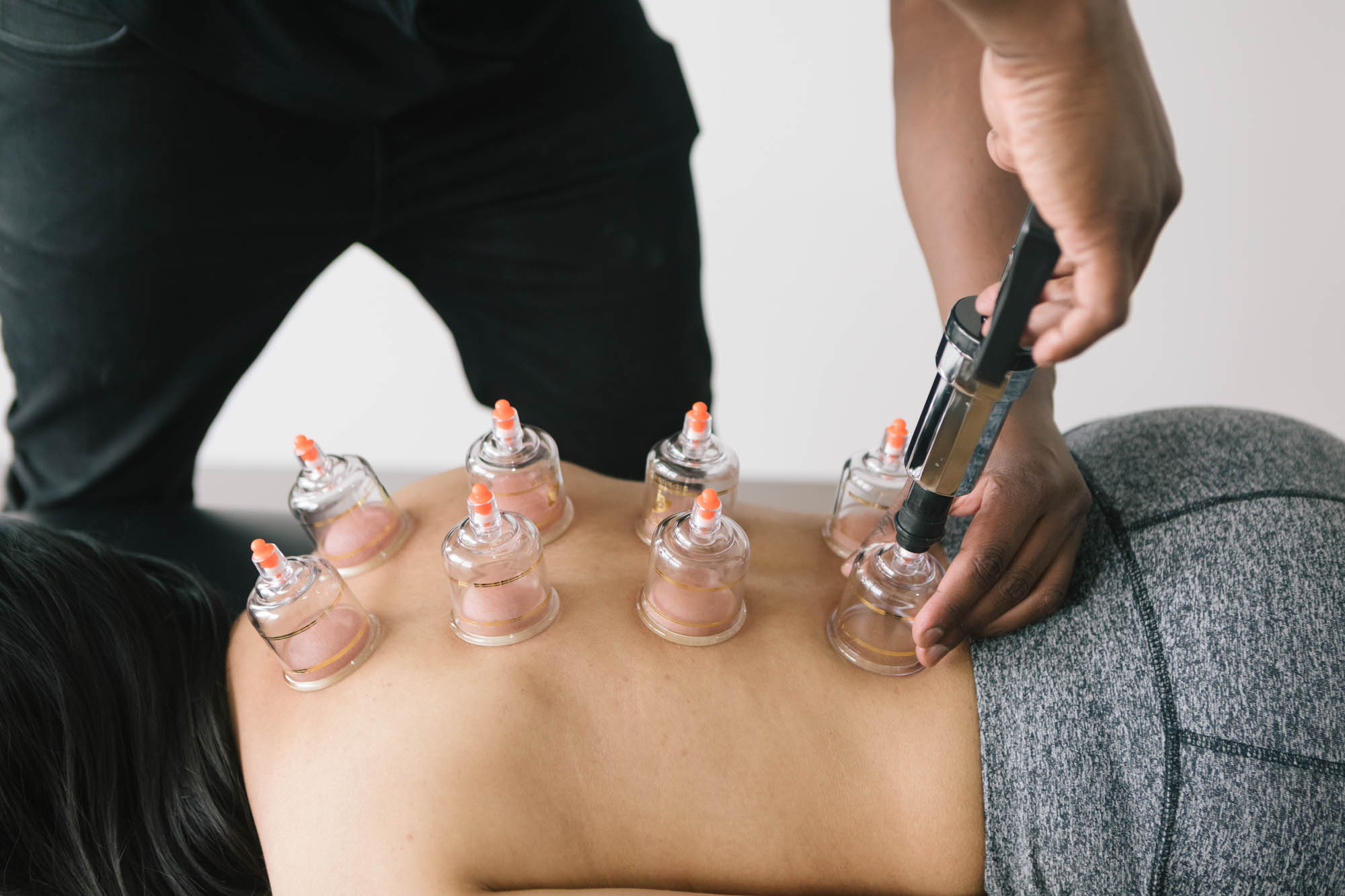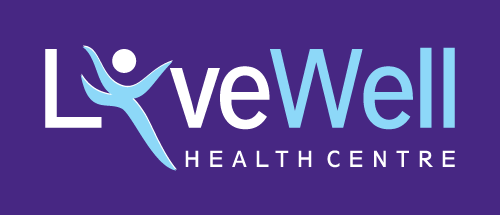Osteopathy FAQ’s
At your first visit to Live Well Health Centre, your Osteopath will sit down with you and go through a detailed case history of your presenting complaint and general medical history. This helps them to achieve an understanding of your overall health before conducting a physical exam to identify the areas of dysfunction related to your presenting health concerns. Once an accurate diagnosis of your issue has taken place a hands on treatment followed by advice on management and exercise is provided by your Osteopath to help assist your recovery.
Note: Please allow 45 minutes for your initial consultation and 30 minutes for subsequent appointments.
To get the most out of your treatment, ensure you are wearing loose, comfortable clothing.
Osteopaths have a wide variety of techniques they use to treat various injuries.
These include:
- Soft Tissue Massage
- HVLA Manipulation (high velocity, low amplitude adjustments to encourage movement at joints)
- Muscle Energy Technique (muscle contractions to help encourage lengthening shortened muscles)
- Counterstrain (placing muscles at a point of ease to help release tension)
- Articulation (passively moving joints to encourage movement)
- Trigger Point Therapy (applied pressure to an area that refers pain to other parts of the body)
- Functional Techniques (gently moving joints to place them in a state of ease)
- Cranial Therapy (light touch therapy around the sacrum and cranium to ease movement)
- Dry Needling & Cupping
- Myofascial Technique
- Rock-taping
- Stretching
- Exercise Prescription
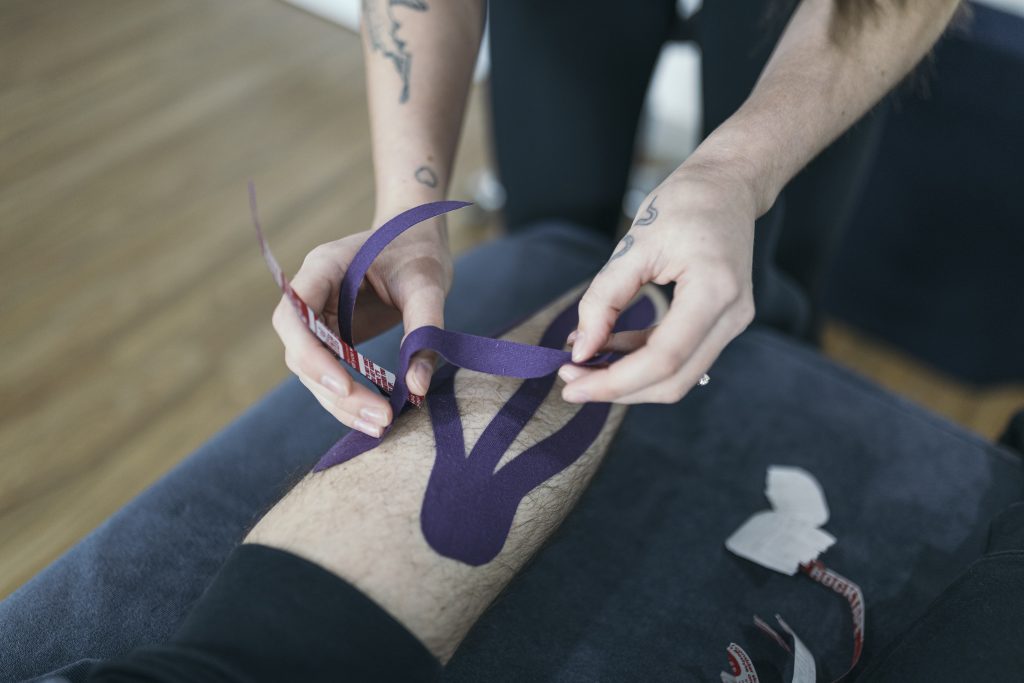
- Initial consultation: $130
- Subsequent consultation: $100
- Extended Consultation (45 minutes): $130
- Long consultation – 1 hour: $160
* Please note all missed appointments without 24 hours notice will incur a 50% cancellation fee, payable before you next appointment.
Osteopaths are primary health care providers that are qualified with a five year University education to assess and diagnose your health concerns. In Australia all Osteopaths are insured and registered with the Osteopathic Registration Board of Victoria (APHRA) and are members of Osteopathy Australia. In accordance with registration laws, all Osteopaths are required to keep up to date with education, and reforms through mandatory continued professional development every year.
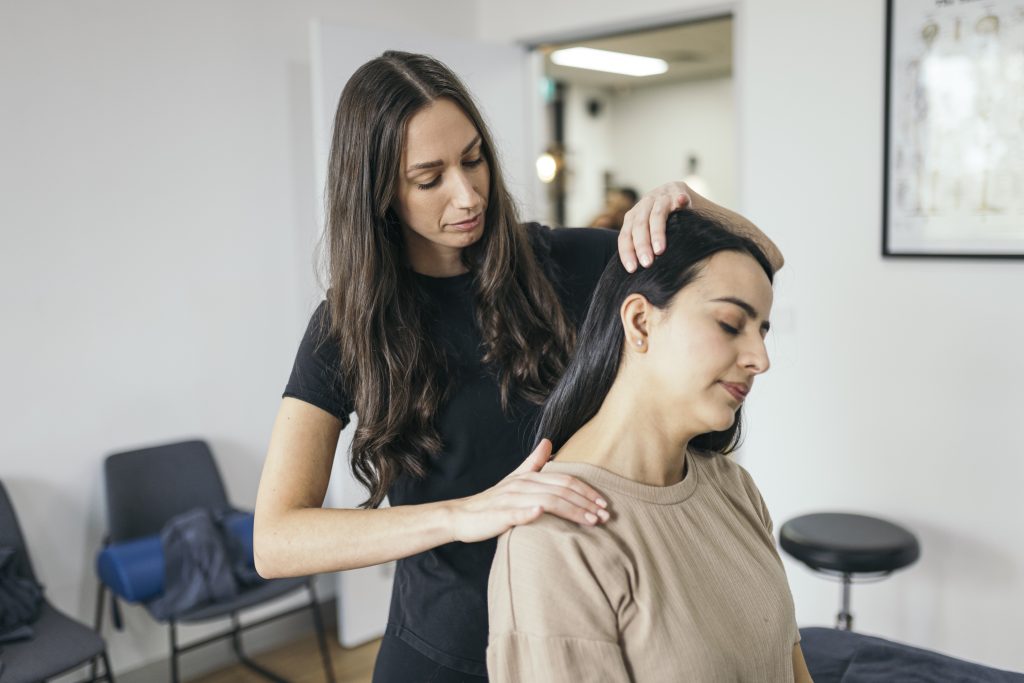
It is normal for some people to feel slightly tender or bruised after treatment. This may last anywhere from 24-48hours after treatment.
Osteopathy is covered by most private health funds under ‘extras’ however, the amount covered depends on your level of cover and there may be a gap fee.
We do accept patients with DVA benefits with a referral from your GP and a Gold card.
We can directly bulk bill these payments.
Please speak to our staff for more information.
We do accept patients with a Workcover claim however we do not bulk bill.
All consultations must be paid for in full on the day of your appointment.
You can then send a copy of your invoice to your insurer.
Please note that with some insurers there may be a small gap fee.
Please speak to our staff for more information.
We do accept patients with a TAC Claim number.
We can directly bulk bill these payments.
Please speak to our staff for more information.
Dry needling is a technique that involves inserting a fine needle into tight muscle or connective tissue that may be contributing to your pain. Although the needles used are similar to those in acupuncture, dry needling focuses more on intramuscular stimulation through the needling of dysfunctional tissues.
It is a form of soft tissue treatment that works effectively in conjunction with manual therapy. It may help to relieve muscular aches, spasms, trigger points and tightness.
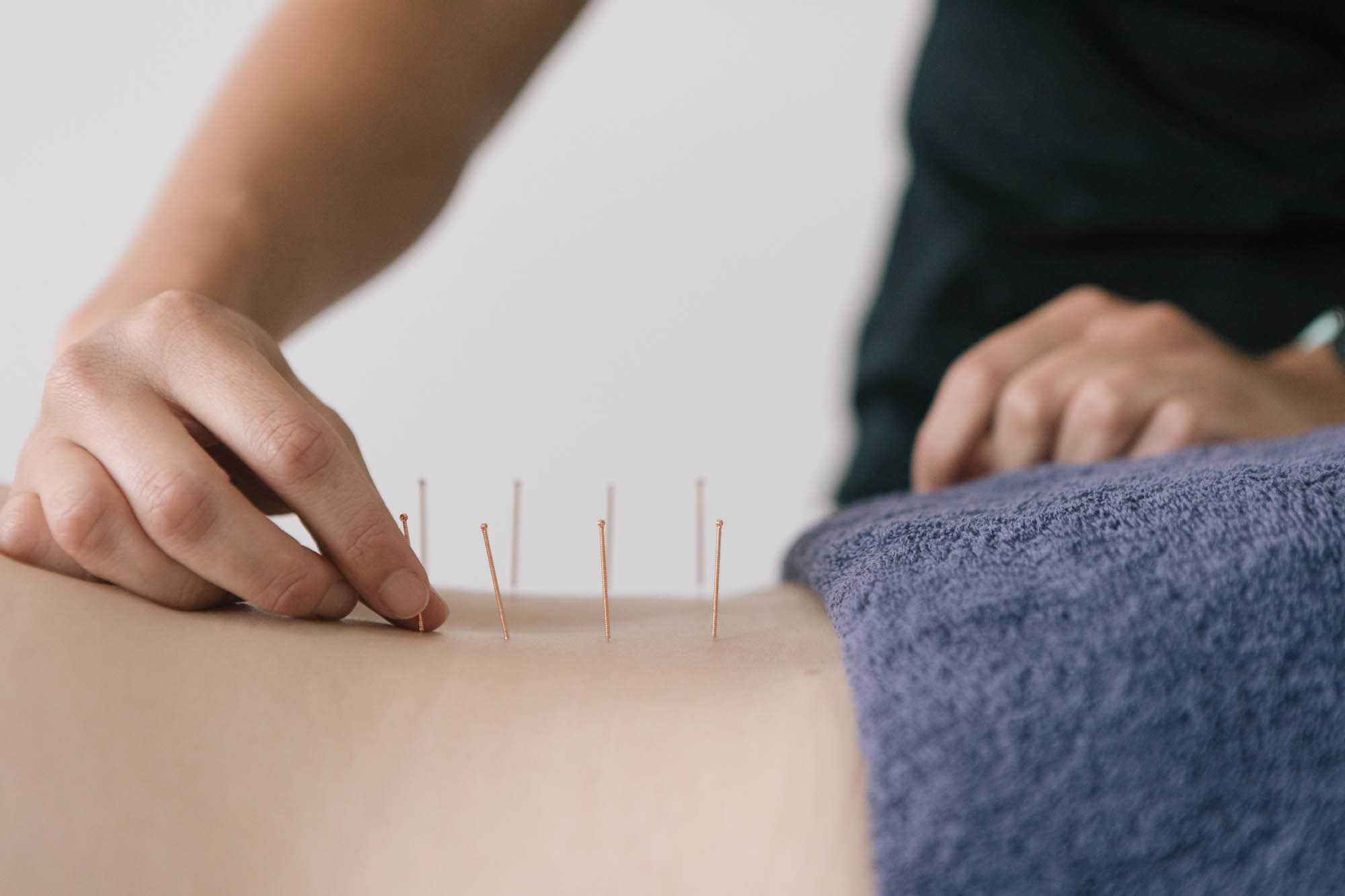
The needles are very small so you may feel a small prick as the needle is inserted, however it should not be overly painful.
It is common to have small or slight bruising after needling or have mild post treatment soreness.
Cupping is technique that involves placing special cups to create suction by drawing up the skin and the superficial muscle layer. The cups are either left in place or moved along the skin with the help of oil.
As cupping can reach muscles up to 4 inches below the skin, it is helpful in removing toxins, assisting with blood flow and loosening tight muscles.
With cupping, it is normal to have purple bruises afterwards where the cups have been.
